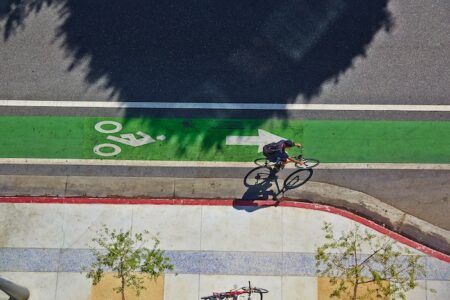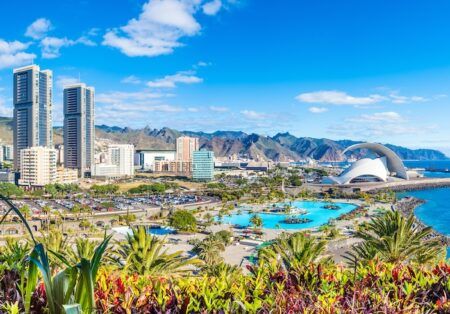One of the leaders in indoor and outdoor parking guidance systems has launched a new range of level controllers that can be used in combination with ultrasonic sensors for vehicle occupancy detection in parking lots. The new series of controllers from MSR-Traffic enable a continuous monitoring of the occupancy status of a parking garage with a lot of unique features. The Level Controller Series PCL-MU-X is able to monitor X (1-6) bus systems, with up to 32 of the company’s PU-02 series of ultrasonic sensors connected via the RS 485 bus, which passes its values to the ParkGard Control Center and also controls local bus devices, such as LED dynamic message signs (DMS). The new controller units have their own maintenance and configuration software, and also allow: connection of up to 32 PU-02-series ultrasonic sensors; all sensors, or only certain ones in a line, can be calibrated at once; all sensors can be deactivated at once; LED colors of each sensor can be changed or deactivated; cycle times and hysteresis are configurable to optimize detection rates under special circumstances; easy and fast commissioning due to configuration with default parameters; flexible configuration by a variety of programmable parameters; and easy installation, with in-wall or surface mounted configurations.
Using the new controllers, the occupancy status for each pitch can be delivered in real-time to mobile devices, the parking operator and DMS. The detection and counting of in- and outbound vehicles in indoor garages can be provided for whole areas and single levels. The company’s PU-02 ultrasonic sensors are designed for indoor use in underground or multi-storey car parks, and register the availability of every single parking space and process the information with a controller/central PC. The PU-02 units combine an accurate ultrasonic sensor with a red/green LED space-status indicator in one housing. The facility’s occupancy data is visualized and indicated on LED displays installed on every car park level and at the main entrance. The system guides customers to the nearest available parking space, which saves drivers valuable time and also reduces the amount of vehicle traffic circulating within a facility. The optimized parking usage reduces vehicle emissions and decreases the car park’s ventilation costs.




